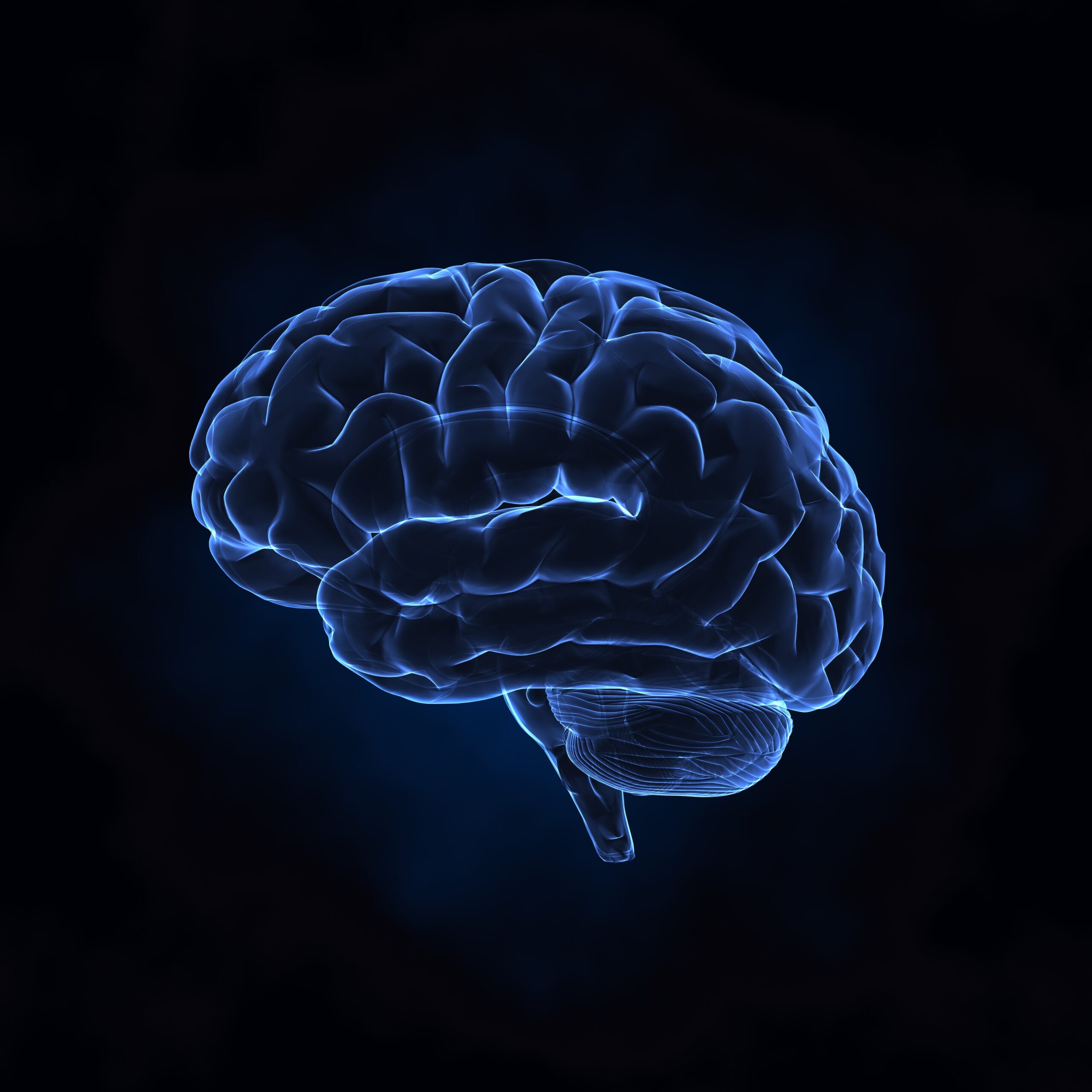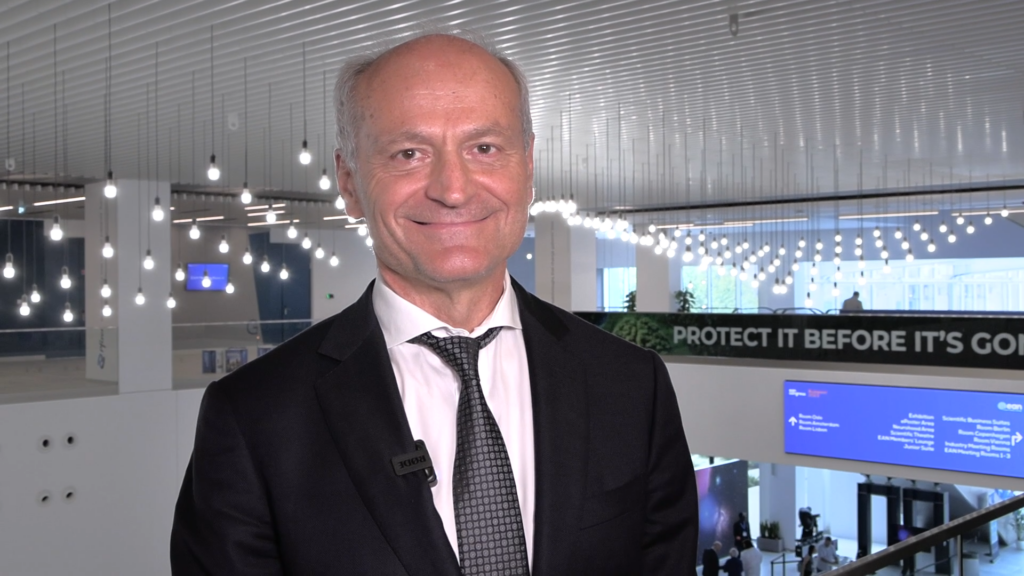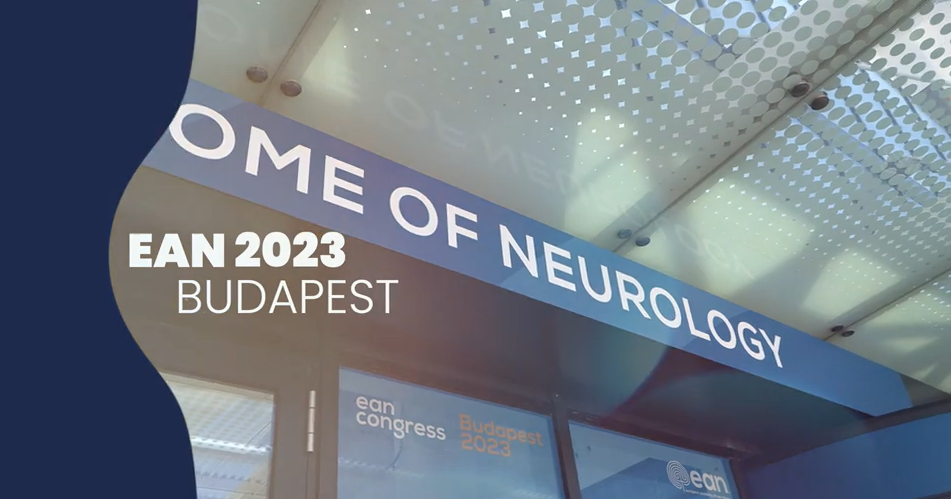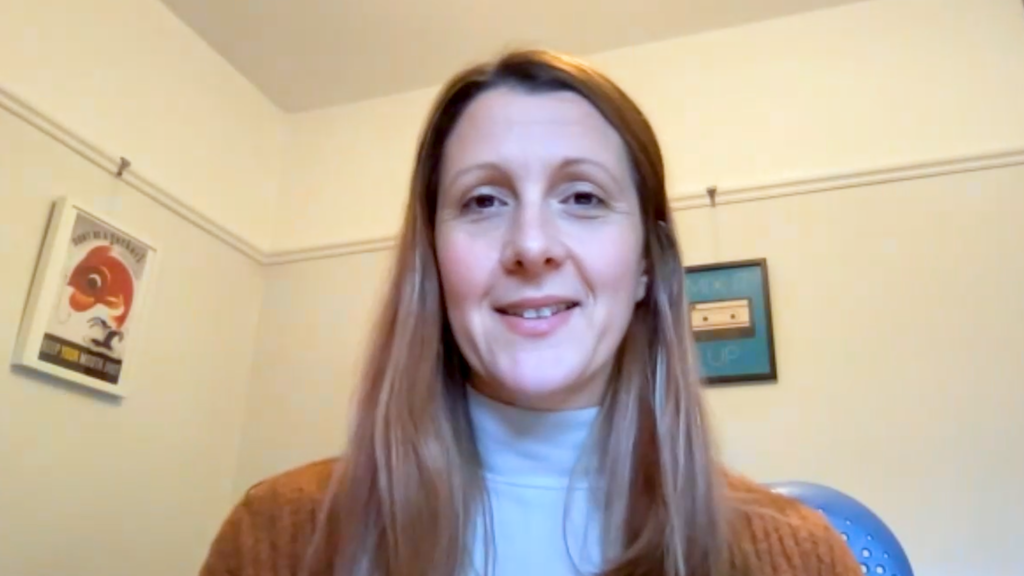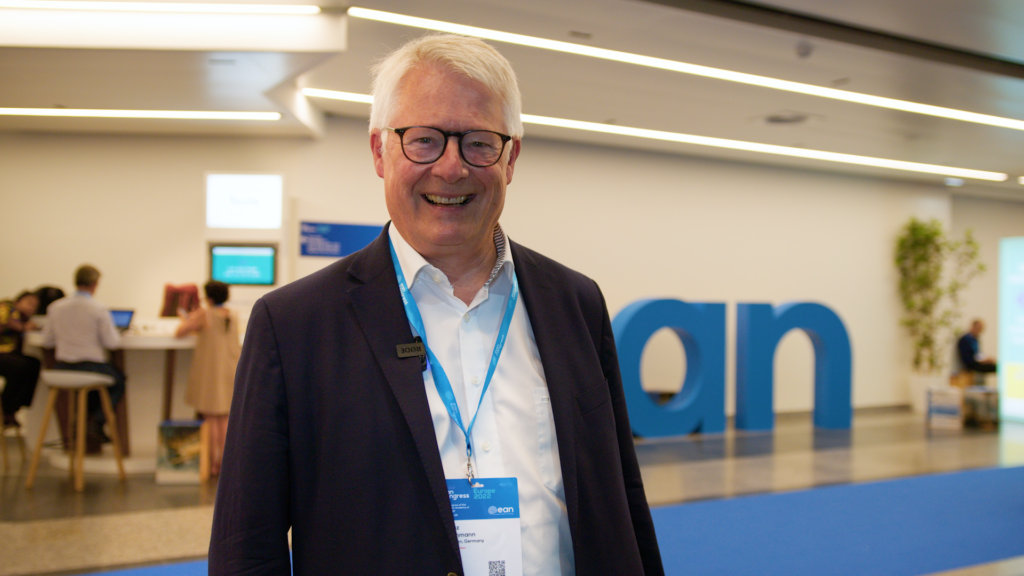
The Food and Drug Administration (FDA) has approved ONAPGO™ (apomorphine hydrochloride) as a subcutaneous apomorphine infusion device for the treatment of “off” episodes in Parkinson’s disease (PD), providing patients with a new, on-demand therapy to rapidly alleviate motor symptoms when standard medications wear off.
PD is the most common neurodegenerative movement disorder,1 with its global prevalence increasing significantly over the last two to three decades.2 Patients treated with mainstay regimens experience periods of GOOD ON time, when medication is effective, and OFF time, when oral levodopa no longer provides symptom relief, leading to the return of motor impairments.3
ONAPGO™ is the first and only wearable subcutaneous apomorphine infusion device that provides continuous treatment during the waking day, offering patients more consistent control of motor fluctuations.
The FDA’s approval is based on results from a Phase 3, 12-week, multicenter, parallel-group, double-blind, randomized, placebo-controlled study (N=107) evaluating the efficacy and safety of ONAPGO™. The primary efficacy endpoint was the mean change in total daily OFF time from baseline to the end of the 12-week treatment period, as recorded in patient diaries. Key secondary endpoints included the mean change in daily GOOD ON time (ON time without troublesome dyskinesia) and Patient Global Impression of Change (PGIC) scores.
Supernus plans to launch ONAPGO™ to patients in the USA in the second quarter of 2025.
References:
- R Balestrino, A H V Schapira. Parkinson disease. Eur J Neurol. 2020;27:27–42. doi: 10.1111/ene.14108
- Okunoye O,Marston L, Walters K. Change in the incidence of Parkinson’s disease in a large UK primary care database. NPJ Parkinsons Dis. 2022;8:23. doi: 10.1038/s41531-022-00284-0
- Isaacson S, Pagan F, Lew M, Pahwa R. Should “on-demand” treatments for Parkinson’s disease OFF episodes be used earlier? Sci Direct. 2022;8:100161.
Disclosures: This article was created by the touchNEUROLOGY team utilizing AI as an editorial tool (ChatGPT (GPT-4o) [Large language model]. https://chat.openai.com/chat.) The content was developed and edited by human editors. No funding was received in the publication of this article.
SIGN UP to touchNEUROLOGY!
Join our global community today for access to thousands of peer-reviewed articles, expert insights, and learn-on-the-go education across 150+ specialties, plus concise email updates and newsletters so you never miss out.
Click here to REGISTER NOW >>>


